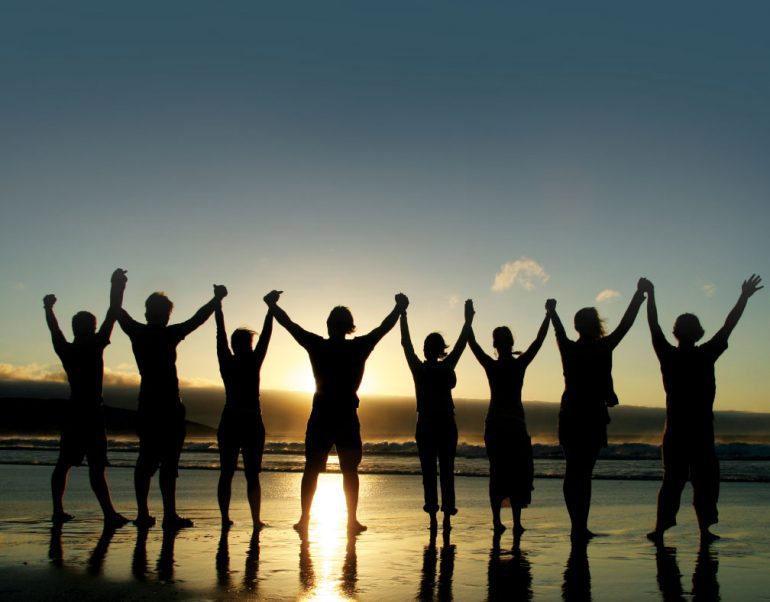“WHERE DOES PEACE FIND ITSELF, THEN? IT STILL EXISTS IN TWO WAYS, AS A CONCEPT AND AS A LEGACY. BOTH ARE TIED TOGETHER THROUGH AHIMSA, OR NONVIOLENCE.”
To the naked eye, we are living in a worldwide danger zone. The ordinary citizen has reason to fear that war, crime, terrorism, and even genocide could be at his doorstep tomorrow. Enclaves of nonviolence are becoming smaller and smaller, and if you don’t happen to live in one of the few privileged countries in the world, such enclaves may barely exist. A craving for nuclear weapons has seized more countries rather than fewer. Religious fundamentalism is on the march, to he extent that whole societies threaten to slip back into medieval darkness. In the starkest terms we must ask the question, “Does peace have a future?” If it does, our concept of how to wage peace must rise to meet the menace of mass violence, which at present seems all but unstoppable.
Peace has earned a reputation for being fragile. This reputation seems well deserved. Again looking with the naked eye, peace doesn’t display armed might on the grand scale that militarism does. You don’t see peace tanks rolling through Red Square on May Day. The peace march has become a symbol for futility, a hollow gesture by good hearted people that in the end has prevented no wars within living memory. Where does peace find itself, then? It still exists in two ways, as a concept and as a legacy. Both are tied together through ahimsa, or non-violence. The world hasn’t forgotten how India won its independence, how the civil rights movement triumphed in the American South, how Mandela brought an end to apartheid in South Africa.
Yet a legacy cannot end violence on its own. Memory is passive while fanaticism, war and crime are horribly active. The only other strength that peace can claim is the concept of peace. Concepts have invisible power, and while the force of violence makes a great show of itself, the force of peace is capable of succeeding beneath the surface, out of sight. Peace works its way into the consciousness of the individual, and when enough individuals change their allegiance to the concept of peace, a critical mass can be reached. Hope resides here, I believe, and nowhere else. Despite the grimness of the danger zone that has spread to every society, Gandhi voiced a challenge that rings as true today as ever: Can you be the change that you wish to see in the world?
Let’s reduce this question to specifics:
Can you help to end the reign of terror and fear?
Can you make a difference in the face of evil?
Can your wish for peace affect people who wish the opposite, who espouse violence in every form?
I don’t think any of these things can be achieved through conscience, and the legacy of nonviolence—along with ahimsa itself—has been crippled because the average person sees it as a matter of conscience. There are complex reasons why the British gave India its independence in 1947, but chief among them was that the colonial mind, whatever its shortcomings, retained a conscience, an inherited sense of guilt. Oppressing the people of India was no longer “the right thing to do.” The same could be said in South Africa and the American South when it came to the oppression of blacks. Where conscience is lacking, nonviolence has little hope of succeeding. You can’t make your torturer stop by asking him if he feels bad wielding his whip. The protests of the victim only incite the torturer to make the torment worse.
Peace works its way into the consciousness of the individual, and when enough individuals change their allegiance to the concept of peace, a critical mass can be reached.
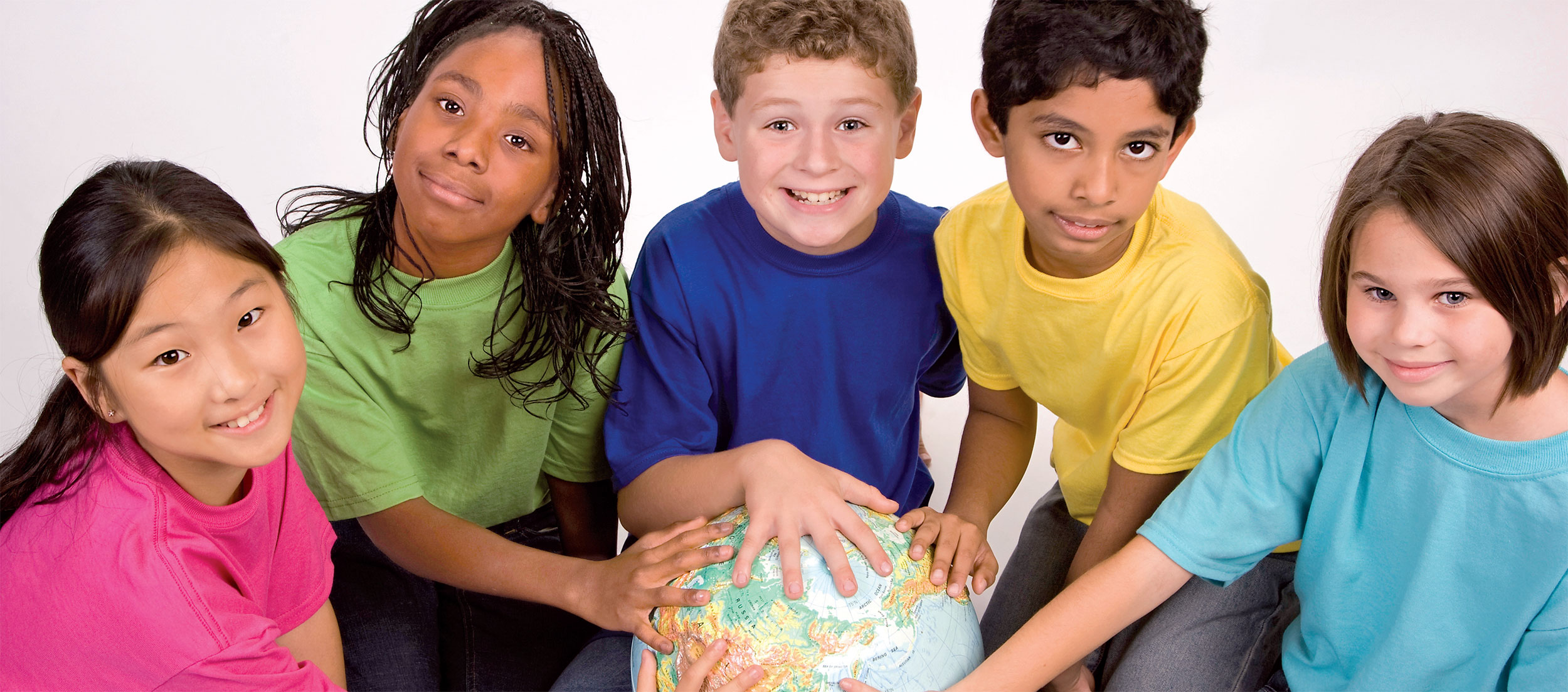
Moving Beyond Constricted Awareness
Ahimsa doesn’t actually derive from conscience, however. If we refer to its source in the tradition of yoga, ahimsa is a quality of higher consciousness. The secret of its power has nothing to do with making an oppressor feel guilty and everything to do with changing the consciousness of the victim. All of us who wish for peace but cannot achieve it are victims of our own constricted awareness. The threat against us doesn’t have to be immediate. A victim is anyone whose existence is dictated by someone else. As we enjoy our peaceful lives inside an enclave of peace, we have allowed violence to dominate everywhere else. This failure makes us its victims as surely as the victims we view with distress on the evening news.
To find a path that leads us out of victimization, I’d like to turn from Gandhi to another voice for nonviolence. Jesus of Nazareth offered an absolute prescription for dealing with violence: Resist not evil. After two thousand years, this teaching remains mysterious, even self-contradictory. If I let a bully hit me on one cheek only to turn the other, won’t he beat the stuffing out of me? The same holds good, on a larger scale, for a threat like terrorism: if we allow evildoers to strike us without reprisal, won’t they continue, over and over? Surely Jesus understood the basic facts of human nature and its deep divisions. To me, Jesus intended his teaching to be part of a path to higher consciousness. Just as ahimsa is a quality of enlightened awareness, Jesus’s absolute non-resistance to evil requires expansion of consciousness. In that light, nonviolence looks very different from a matter of conscience. Because I’ve had occasion to think about nonviolence in Christian terms recently, let’s remain within that context.
How to “Resist Not Evil”
The teaching to meet violence with nonviolence isn’t viable unless a person is undergoing profound inner transformation. After prolonged study of the New Testament, I believe that Jesus was teaching his disciples how to reach higher consciousness, and what he wanted them to do to make nonviolence genuinely effective. Here’s a summary of a Christian path to ahimsa.
Meditation: Sit every day and find the silence inside. In this silence there is peace without anger. It is free of evil; it has no attachment to revenge of righteous indignation. With practice you learn to identify yourself with this place. It becomes natural to master anger and energy like any other. When this happens, evil has no grip on you, and it begins to release you from its hold.
Faith is required when you are in a state of suffering. Nothing is more convincing than pain, and when it is present, words can’t make it go away.
Contemplation: The mind plays a large part in how you react to evil. The more excited your mind, the more threatening evil becomes. The more victimized you feel, the more outrageous evil becomes. The more you fear evil and see it everywhere, the more you feel you have to defend yourself. But these perceptions can shift. In the larger scheme, good and evil are constantly at war; neither ultimately gains the upper hand. Therefore, you can’t end evil, you can only decide if you want to fight in the war or not. If you decide not to fight, your mind will lose interest in evil, and as it does, evil will retreat.
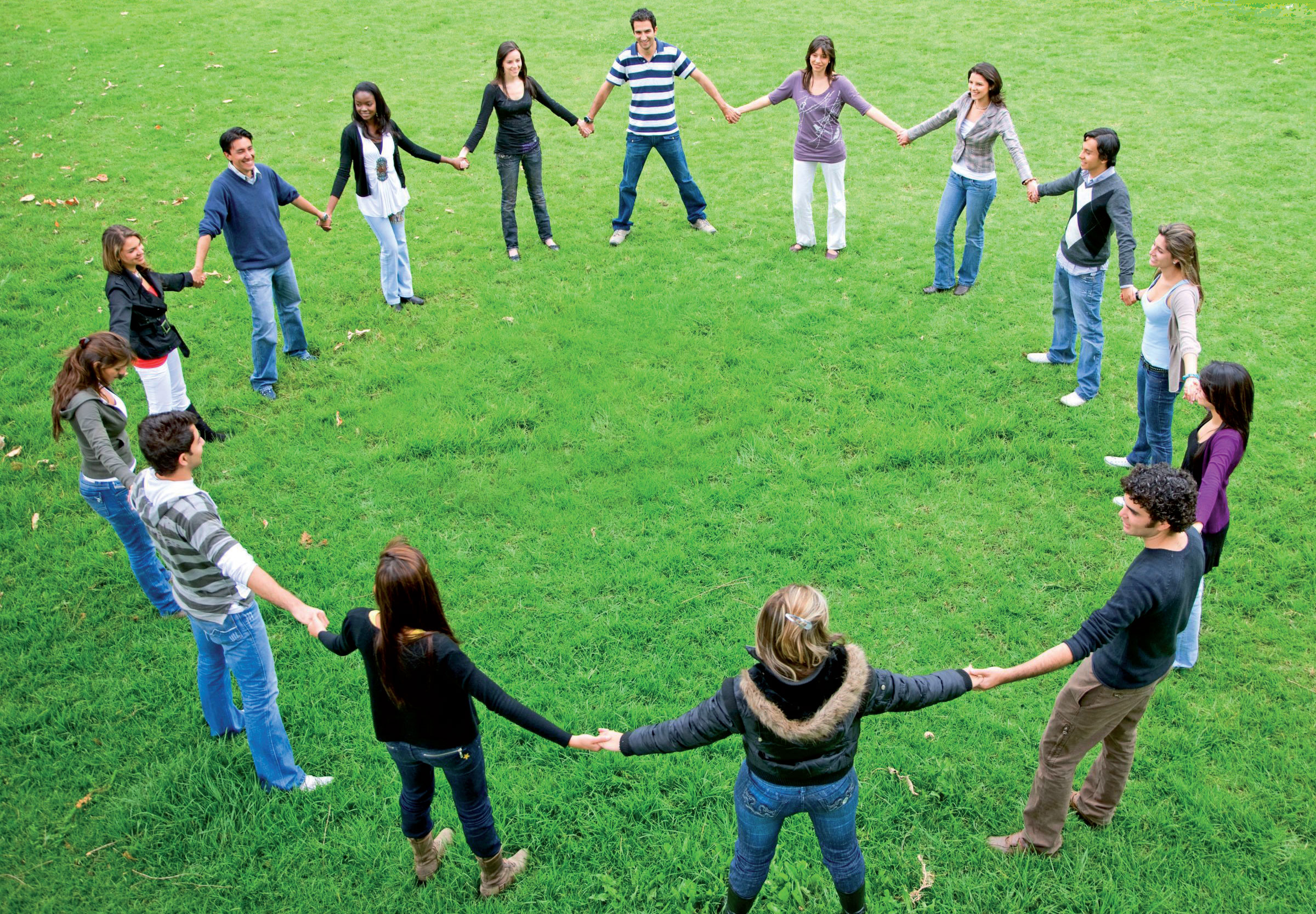
Revelation: When you fear evil you are certain that it must be real. This certainty forces you to fight in the eternal struggle between good and evil. No amount of passive resistance will extricate you except temporarily. But if you can see that the war between good and evil is nothing but a play of light and shadow, your certainty about the existence of evil will fade away. To see through the mask of evil, search for the light that is the essence of everything. The fruit of the search is revelation – the light reveals itself of its own accord.
Prayer: Ask to see what lies behind evil. This doesn’t have to be a cosmic request. What you want is a glimpse behind the disguises we all wear when we feel angry, victimized, hostile, and aggressive. These emotions are insubstantial, convincing for only a moment. Yet we are so intimidated by other people’s emotions and so convinced by our own that reality gets overshadowed. By praying, using whatever deity or higher self you believe in, you are essentially making a connection with reality, asking to be reminded that illusion isn’t real.
Grace: Grace replaces evil with love. You cannot do this on your own when you feel afraid, angry, or victimized. However, as you are working through your negativity, keep in mind that what lies on the other side is a gift. Evil doesn’t leave a void behind when it goes but a space to be filled by God.
Love: Every enemy is a symbol for your own state of un-love. The absence of love gets filled with evil, in the form of conflict and warring emotions. By returning to a state of love, you rob evil of a place to live. In practical terms this means pushing away the habit of judgment. Whenever you are tempted to call someone evil, accept the negative energy as your own, and then move it out of your mind and body. The replacement of negative energy with positive energy is real. It requires patience; it doesn’t happen all at once. If you undertake this work, however, the results last. Love is more powerful than evil because it alone is real.
Faith: Faith is required when you are in a state of suffering. Nothing is more convincing than pain, and when it is present, words can’t make it go away. Pain is too physical and too present. But these things don’t make pain any more real. Despite its intensity, pain is only temporary. Evil depends on forgetting this fact. If it couldn’t inflict pain, evil would have no power at all. Therefore, when caught in the throes of any pain, keep the faith. Realize that there is a reality beyond any misery in the present. You are that reality and will return to it as your suffering lessens.
Salvation: When you can step outside of your own suffering you are saved. Salvation in spiritual terms is the same as being rescued physically. Physical danger puts us in a state of chaos, hurt, fear of danger and panic. All these conditions are reflected in your mind; you resort to images of disaster whenever mental threats appear. Therefore, to be saved from suffering you must find a place that is neither physical nor mental. Jesus calls this place the Kingdom of God or the soul. The label is less important than finding an experience to match. Step by step, each person must locate an inner state that is free from images of pain; in that state lies redemption.
Unity: All the previous steps serve one purpose, to soften the line between good and evil. In the beginning they are stark opposites. We feel good as pleasure, peace, well-being and safety. We feel evil as painful, struggling, confining and fearful. We naturally seek one and run away from the other. What we don’t see is that these “natural” tendencies belong to a state of awareness that has been conditioned over time. In other words they are self-created. By gaining knowledge of the self, you also gain knowledge about how to create new things in place of the old. As regards evil, the new thing you must create is the absence of duality. No more dark versus light. No more fixed boundaries to divide safe from unsafe, God from Satan, self from non-self. As these boundaries fade, nothing remains but one reality, a boundless state known as god. To the extent that you can dissolve your own fearful limitations, you get closer to God-consciousness, and in the same process you rob evil of its seeming reality.
What We Each Can Do
With suitable changes, the same path could be described in Buddhist terms, or the prescriptions of the scriptures of Vedic India. What any path to ahimsa has in common is a willingness to transform oneself. The journey begins in the normal state of awareness familiar to everyone, in which violence is a hidden component of the unconscious, entangled with many levels of conflict and disorder. These conflicts gain visible form through outward violence, not just our own but on a mass scale (accepting the truth of the Vedic aphorism “As you are, so is the world”).
Peaceful people assume that they stand apart from the plague of global violence, but at a deeper level we are all entangled in collective consciousness. This turns out to be one of the most optimistic of truths, because as consciousness changes on the individual level, society must follow. The key to critical mass, a concept that’s growing in popularity thanks to formulas like “the tipping point,” is our ability to create peace consciousness on our own, one by one.
Each person is obligated to become a unity of peace. This has always been the case, although we tend to think of mass action (Gandhi’s salt marches, Martin Luther King’s march from Selma to Montgomery) as part and parcel of nonviolence. Certainly mass action can’t be excluded, but sad history proves that what begins without violence can soon engender it. Ahimsa was never meant to be the same as martyrdom.
The journey to ahimsa is the same as the journey to unity; therefore, it involves transcending duality. To the vast majority of humankind it is utterly foreign to conceive of reaching enlightenment, and the path to unity seems far removed. At a certain level we have all accepted that aggression and violence are innate in human nature. But peace, truth, and creativity are just as innate. What we face isn’t a war between our lower nature and our better angels. No form of war, inner or outer, can end war. A conflicted mind is incapable of crafting wholeness. Instead, each person must adopt a vision of wholeness and then take on the project of reaching it.
In the end, most people would like to know if there’s something they can do on a practical basis for peace. I’d like to end, therefore, with a simple plan for becoming a unit of peace consciousness – a plan that anyone can follow.
Seven Practices for Peace
How to become a peacemaker
Sunday: Being for Peace
Monday: Thinking for Peace
Tuesday: Feeling for Peace
Wednesday: Speaking for Peace
Thursday: Acting for Peace
Friday: Creating for Peace
Saturday: Sharing for Peace
Each practice takes only a few minutes. You can be as private or outspoken as you wish. But those around you will know that you are for peace by the way you conduct your life on a daily basis.
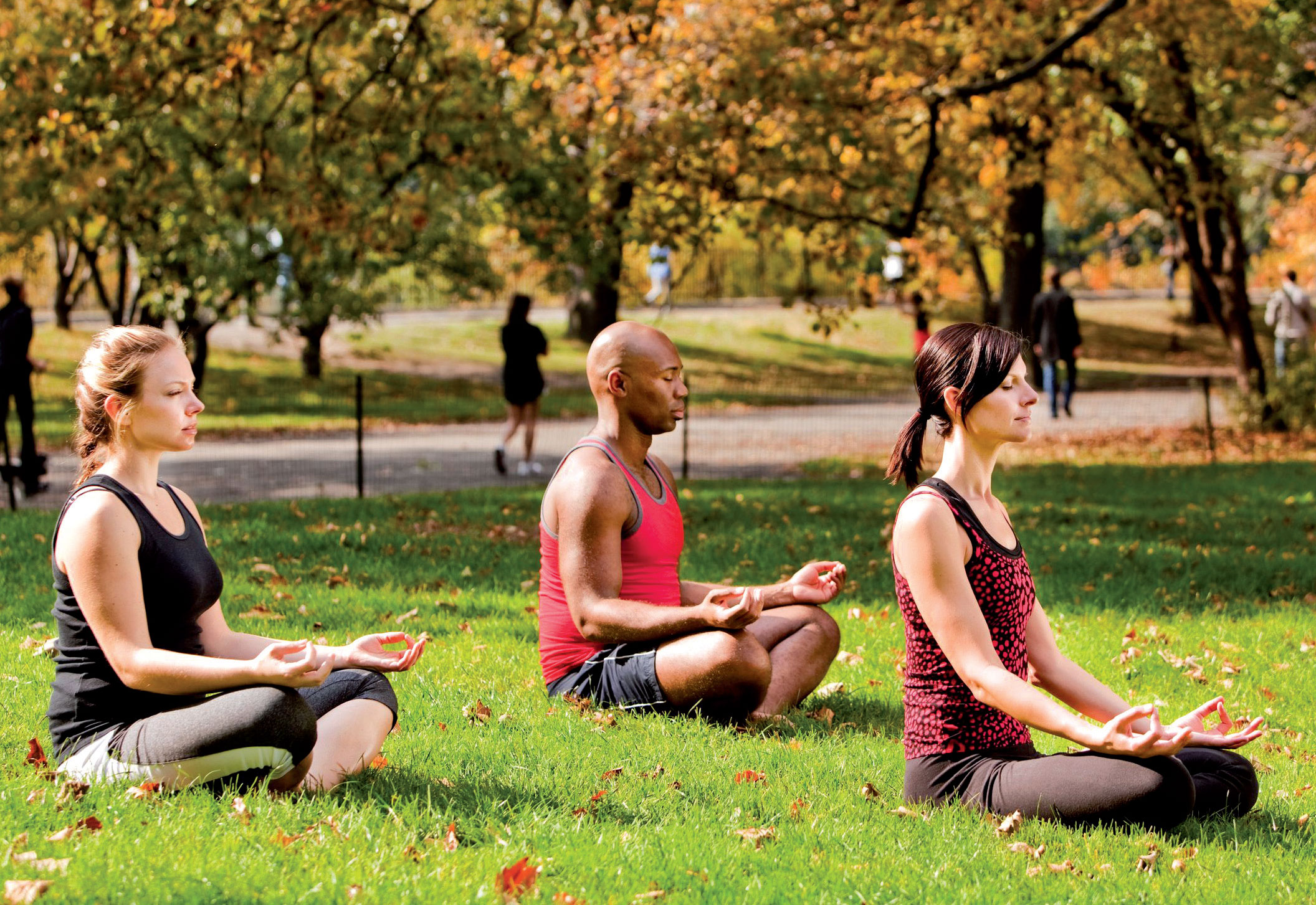
Sunday
Being for Peace
Today, take five minutes to meditate for peace. Sit quietly with your eyes closed. Put your attention on your heart and inwardly repeat these four words: peace, harmony, laughter, love. Allow these words to radiate from your heart’s stillness out into your body.
As you end your meditation, say to yourself: Today I will relinquish all resentments and grievances. Bring into your mind a grievance against someone and let it go. Send that person your forgiveness.
Monday
Thinking for Peace
Thinking has power when it is backed by intention. Today, introduce the intention of peace in your thoughts. Take a few moments of silence and then repeat this ancient prayer:
Let me be loved, let me be happy, let me be peaceful.
Let my friends be happy, loved, and peaceful.
Let my perceived enemies be happy, loved, and peaceful.
Let all beings be happy, loved, and peaceful.
Let the whole world experience these things.
If at any time during the day you are overshadowed by fear or anger, repeat these intentions. Use this prayer to get back to your center.
Tuesday
Feeling for Peace
This is the day to experience the emotions of peace. The emotions of peace are compassion, understanding and love. Compassion is the feeling of shared suffering. When you feel someone else’s suffering, understanding is born. Understanding is the knowledge that suffering is shared by everyone. When you understand that you aren’t alone in your suffering, there is the birth of love. When there is love, there is the opportunity for peace.
As you practice, observe a stranger some time during your day. Silently say to yourself: This person is just like me. Like me, this person has experienced joy and sorrow, despair and hope, fear and love. Like me, this person has people in his or her life who deeply care and love them. Like me, this person’s life is impermanent and will one day end. This person’s peace is as important as my peace. I want peace, harmony, laughter, and love in their life and the life of all beings.
Wednesday
Speaking for Peace
Today the purpose of speaking is to create happiness in the listener. Have this intention: Today every word I utter will be chosen consciously. I will refrain from complaints, condemnation, and criticism.
Your practice is to do at least one of the following:
– Tell someone how much you appreciate him or her.
– Express genuine gratitude to those who have helped and loved you.
– Offer healing or nurturing words to someone who needs them.
– Show respect to someone whose respect you value.
If you find that you are reacting negatively to anyone, in a way that isn’t peaceful, refrain from speaking and keep silent. Wait to speak until you feel centered and calm, and then speak with respect.
Thursday
Acting for Peace
Today is the day to help someone in need: A child, a sick person, an older or frail person, or someone facing a difficult situation. Help can take many forms. Tell yourself: Today I will bring a smile to a stranger’s face. If someone acts in a hurtful way to me or someone else, I will respond with a gesture of loving kindness. I will send an anonymous gift to someone, however small. I will offer help without asking for gratitude or recognition.
A conflicted mind is incapable of crafting wholeness.
Friday
Creating for Peace
Today, come up with at least one creative idea to resolve a conflict, either in your personal life or your family circle or among friends. If you can, try and create an idea that applies to your community, the nation, or the whole world.
You may change an old habit that isn’t working, look at someone a new way, offer words you never offered before, or think of an activity that brings people together in good feeling and laughter.
Second, invite a family member or friend to come up with one creative idea of this kind on his or her own. Creativity feels best when you are the one thinking up the new idea or approach. Make it known that you accept and enjoy creativity. Be loose and easy. Let the ideas flow and try out anything that has appeal. The purpose here is to bond, because only when you bond with others can there be mutual trust. When you trust, there is no need for hidden hostility and suspicion, the two great enemies of peace.
Saturday
Sharing for Peace
Today, share your practice of peacemaking with two people. Give them this text and invite them to begin the daily practice. As more of us participate in this sharing, our practice will expand into a critical mass.
Today, joyfully celebrate your own peace consciousness with at least one other person who shares a consciousness of peace. Connect either through e-mail or by phone.
-Share your gratitude that someone else is as serious about peace as you are.
– Share your ideas for helping the world move closer to critical mass.
– Do whatever you can, in small or large ways, to assist anyone who wants to become a peacemaker.
Peaceful people assume that they stand apart from the plague of global violence, but at a deeper level we are all entangled in collective consciousness.
There is already a worldwide movement organized around these principles, and a critical mass can be reached along this path. But lasting change depends upon rising to a state of higher consciousness. Without that, the problem of violence will forever be tied to the state of duality. Fortunately, living for peace is also the most fulfilling way to live. It involves an increase in awareness every day and ever-growing experience of bliss. I take continuing inspiration from a quote by A.J. Muste (1885-1967): “There is no way to peace. Peace is the way.”
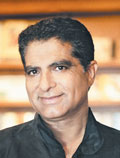 Deepak Chopra, M.D., is recognized as one of the world’s foremost leaders in the field of mind-body medicine, Deepak Chopra is a best-selling author, teacher, and co-founder of the Chopra Center for Wellbeing. Nestled in the lush, coastal setting of Carlsbad, California, the Chopra Center offers a wide variety of retreats and workshops that fuse the healing arts of the East with the best in modern Western medicine. Each year Deepak and the Chopra Center staff travel to beautiful locations throughout the world to lead signature events including the classic meditation retreat, Seduction of Spirit; the selfempowerment workshop, SynchroDestiny; and the Journey into Healing mind-body workshop. www.chopra.com
Deepak Chopra, M.D., is recognized as one of the world’s foremost leaders in the field of mind-body medicine, Deepak Chopra is a best-selling author, teacher, and co-founder of the Chopra Center for Wellbeing. Nestled in the lush, coastal setting of Carlsbad, California, the Chopra Center offers a wide variety of retreats and workshops that fuse the healing arts of the East with the best in modern Western medicine. Each year Deepak and the Chopra Center staff travel to beautiful locations throughout the world to lead signature events including the classic meditation retreat, Seduction of Spirit; the selfempowerment workshop, SynchroDestiny; and the Journey into Healing mind-body workshop. www.chopra.com

